-
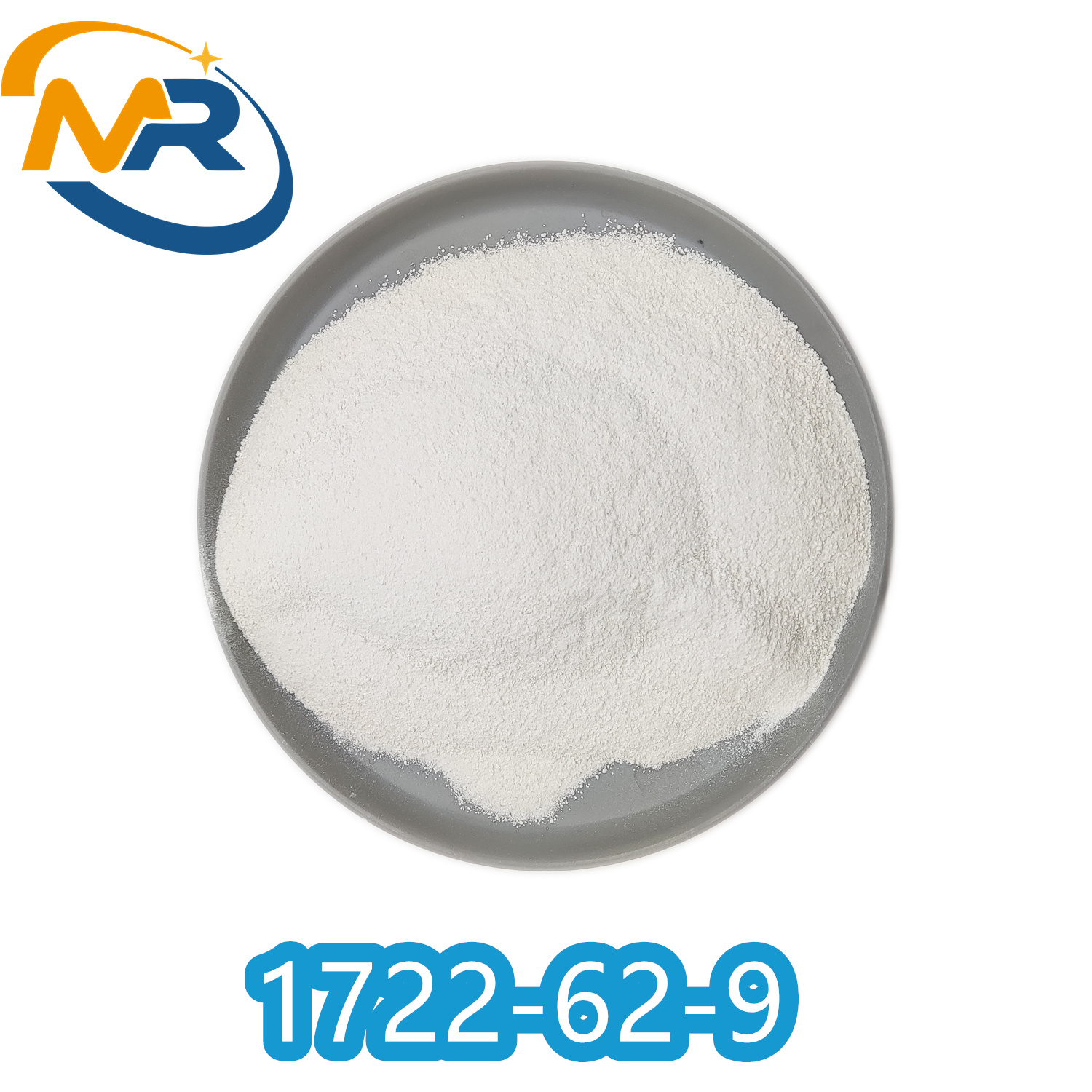
CAS 1722-62-9 Mepivacaine HCl
CAS: 1722-62-9
MF: C15H22N2O.ClH
MW: 282.81
EINECS: 217-023-9Melting point: 255-257°C (dec.)
Storage temp.: 2-8°C
Appearance: white to beige Powder -

CAS 22801-44-1 Mepivacaine
Product Name: Mepivacaine
CAS: 22801-44-1
MF: C15H22N2O
MW: 246.35
Synonyms: MEPIVACAINE; N-(2, 6-Dimethylphenyl)-1-Piperidinecarboxamide; N-(2, 6-Dimethylphenyl)-1-methylpiperidine-2-carboxamide; MepivacaineBase; Mepivacaine HCl (base); Mepivacaine N-(2, 6-Dimethylphenyl)-1-methylpiperidine-2-carboxamide -
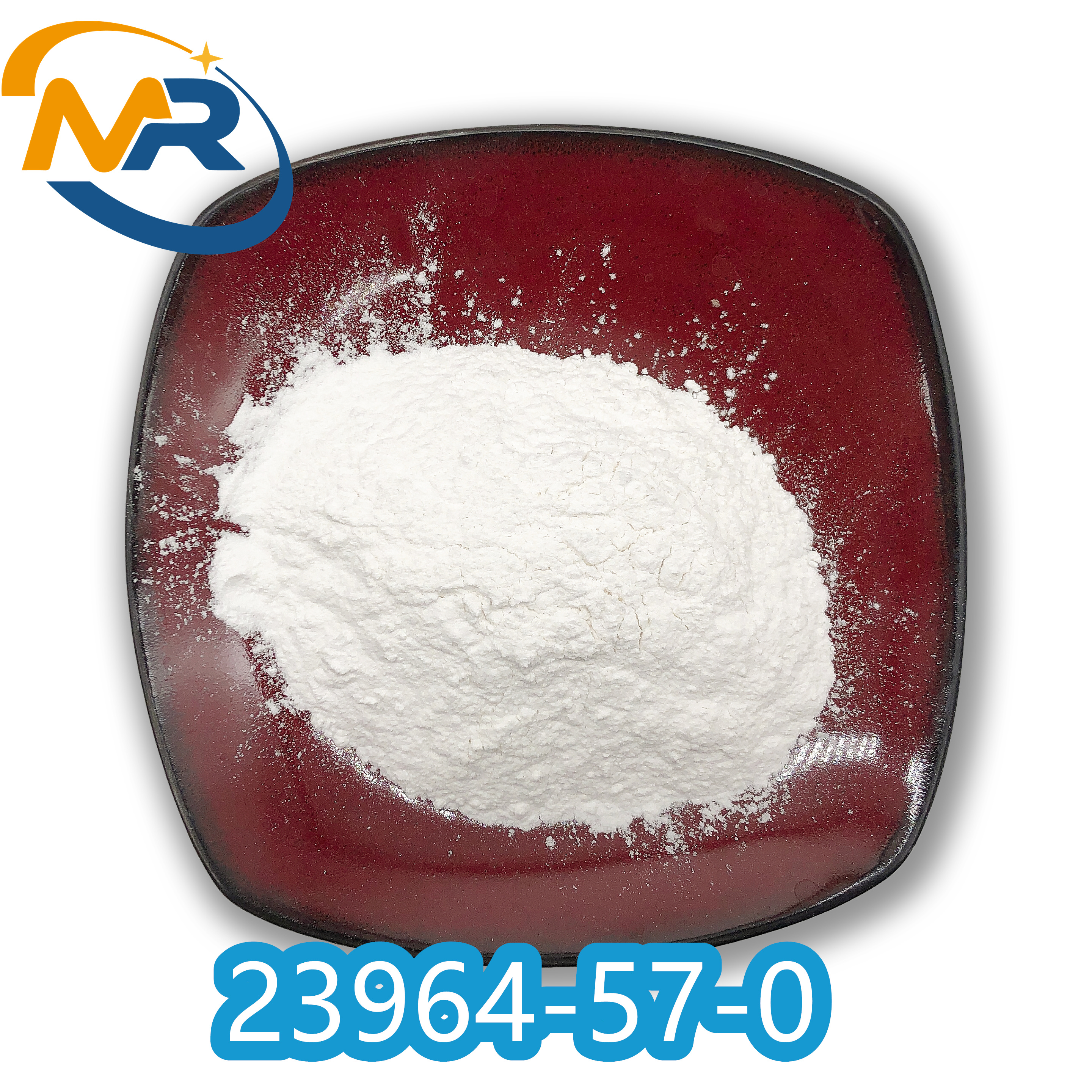
CAS 23964-57-0 Articaine hydrochloride
Articaine Hydrochloride,Articaine is an intermediate-potency, short-acting amide local anesthetic with a fast metabolism due to an ester group in its structure. It is effective with local infiltration or peripheral nerve block in dentistry, when administered as a spinal, epidural, ocular, or regional nerve block, or when injected intravenously for regional anesthesia.
-
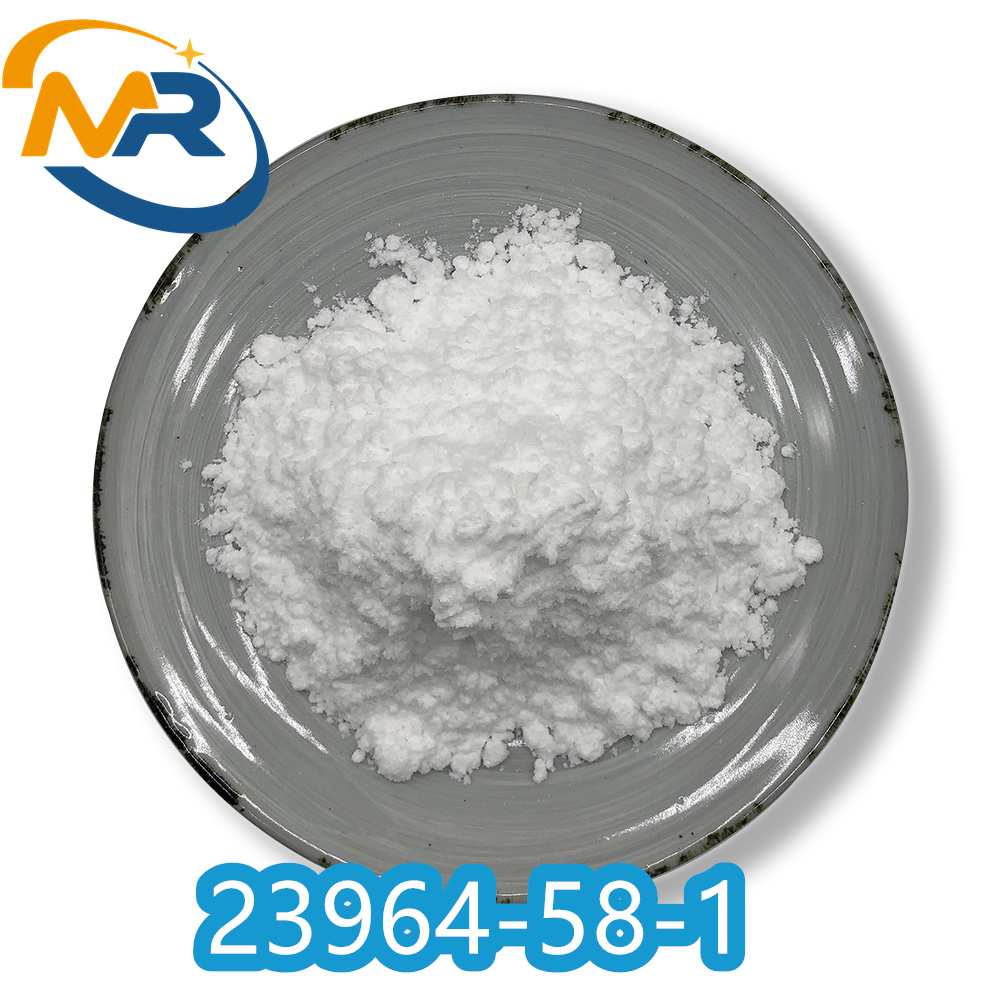
CAS 23964-58-1 Articaine
CAS:23964-57-0
MF: C13H20N2O3S.ClH
MW:320.839
EINECS: 245-957-7
Appearance:White crystalline powder
Assay:99%
Usage:Anesthetic;Na+ channel inhibitor.
Packing:25kg/Drum,1kg/Foil bag -

CAS 1027-14-1 TrimecaineHCl
Trimecaine is an organic compound used as a local anesthetic and cardial antiarrhythmic. It is white crystalline powder readily soluble in water and ethanol.It is an active ingredient in products available under trademarks Mesdicain, Mesocain, Mesokain and others.
-
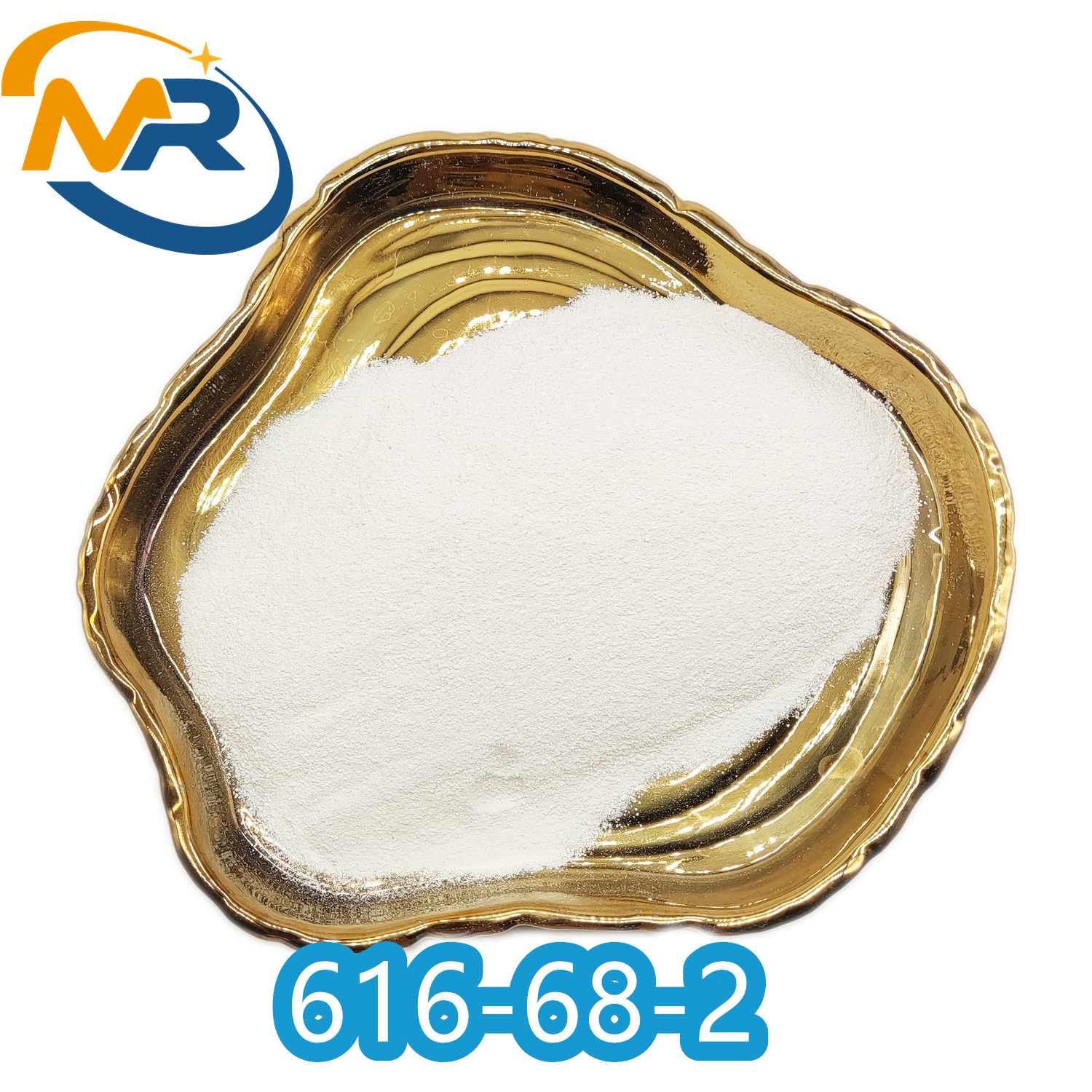
CAS 616-68-2 Trimecaine
CAS No.: 616-68-2
Type: Pharmaceutical Intermediates
Appearance: Crystal
Colour: Yellow
Transport Package: 25kg/Drum
Specification: 1kg
-

CAS 1786-81-8 Prilocaine Hcl
Propylamine hydrochloride because of white crystalline powder, easily soluble in water and ethanol, slightly soluble in chloroform, insoluble in ether. Propiamcaine hydrochloride belongs to the amide class of local anesthetics, suitable for epidural anesthesia Chemicalbook, conduction anesthesia and infiltration anesthesia. The effect strength and speed of local anesthesia are similar to that of lidocaine, but the effect time is longer, the toxicity is lower than that of lidocaine, and the accumulation is smaller due to the fast metabolism.
-
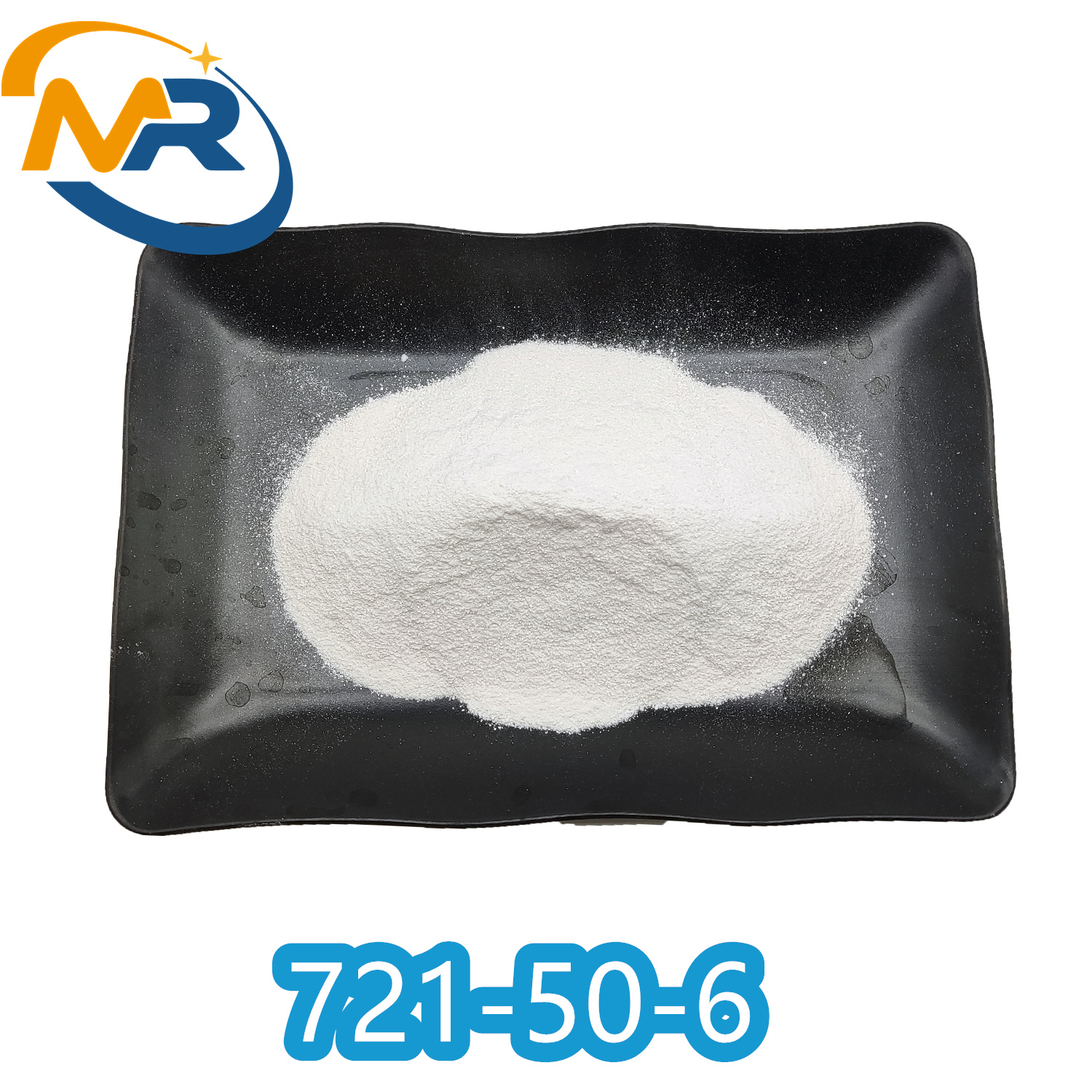
CAS 721-50-6 Prilocaine
Prilocaine is local anesthetic used to numb a person’s skin and tissues. This medication is often made available as a cream that is topically applied, but it may also be available in an injectable form, which should always be administered by a specially trained professional. Its effects are not instant, but once a person experiences the associated numbness it may last for ho
-
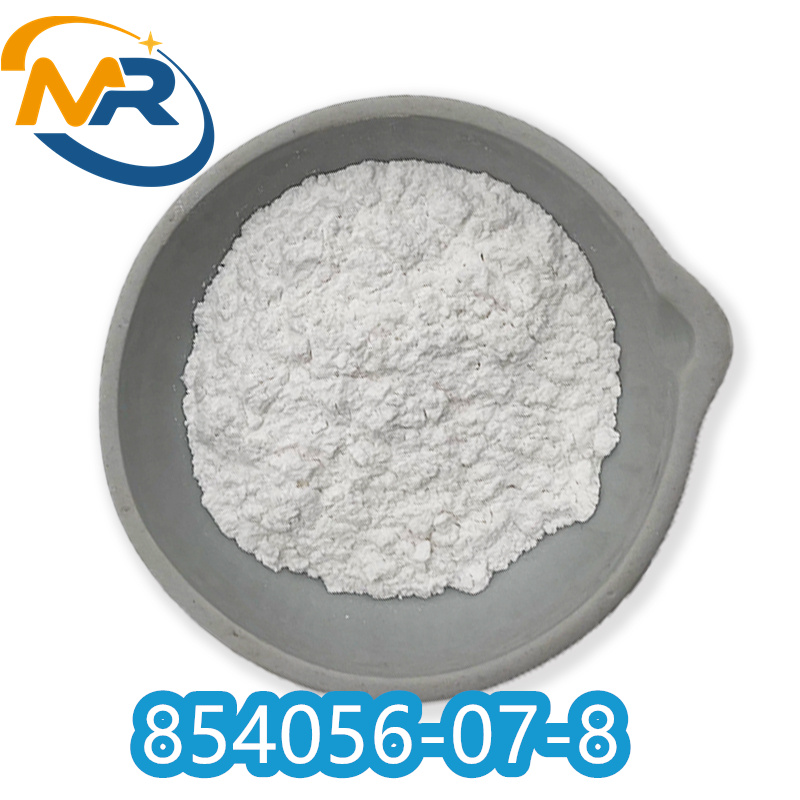
CAS 854056-07-8 Ropivacaine Mesilate
Ropivacaine Mesylate is a local anaesthetic drug belonging to the amino amide group. Ropivacaine Mesylate is indicated for local anaesthesia including infiltration, nerve block, epidural and intrathecal anaesthesia in adults and children over 12 years. Ropivacaine Mesylate is also indicated for peripheral nerve block and caudal epidural in children 1-12 years for surgical pain. Ropivacaine Mesylate is also sometimes used for infiltration anaesthesia for surgical pain in children.
-
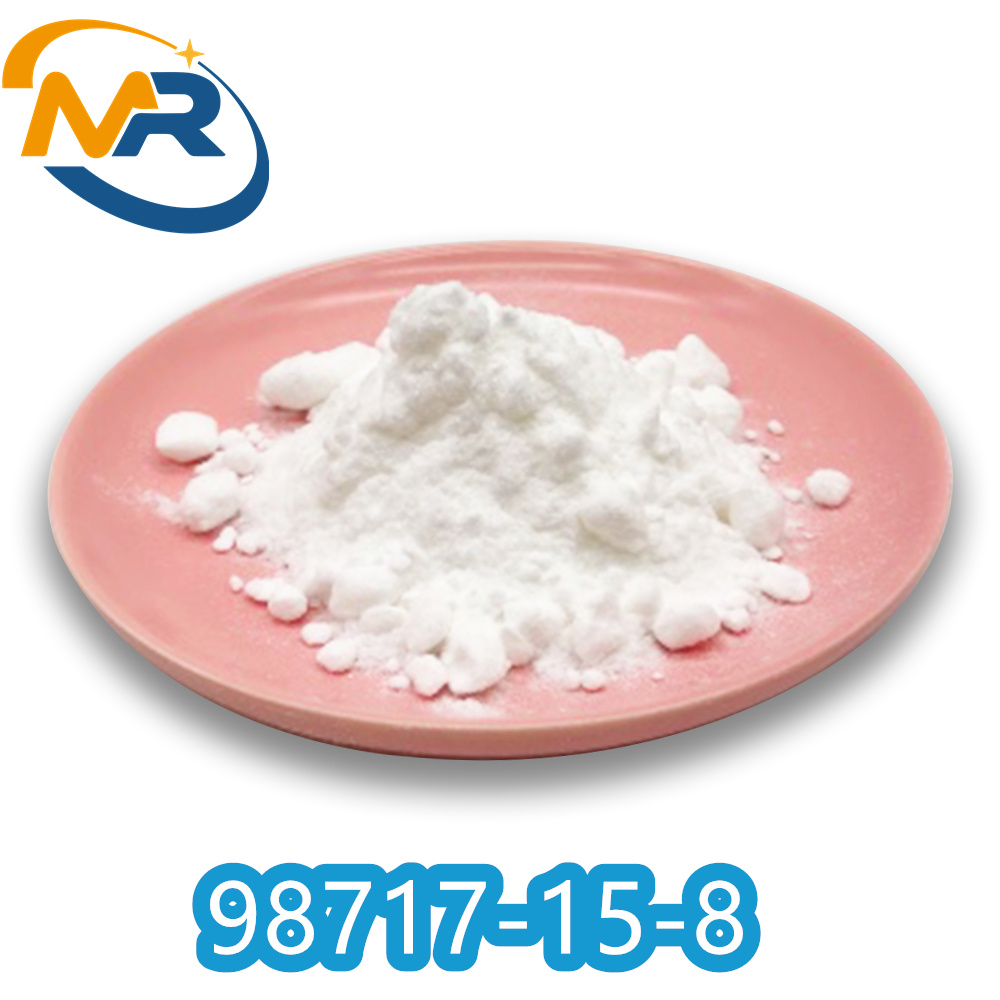
CAS 98717-15-8 Ropivacaine hydrochloride
Ropika hydrochloride because of white or white like crystal or crystalline powder; No smell. This product is soluble in ethanol, soluble in water, and almost insoluble in ether. The chemical structure of ropivacaine hydrochloride is similar to that of mepivacaine and bupivacaine, so Chemicalbook Ropivacaine hydrochloride has similar chemical properties to bupivacaine, the pKa of the two is similar, and the plasma protein binding rate is 90%. Ropivacaine hydrochloride is mainly cleared by liver, about 50% of which produce PPX, but not cleared by lung, heart, etc.
-
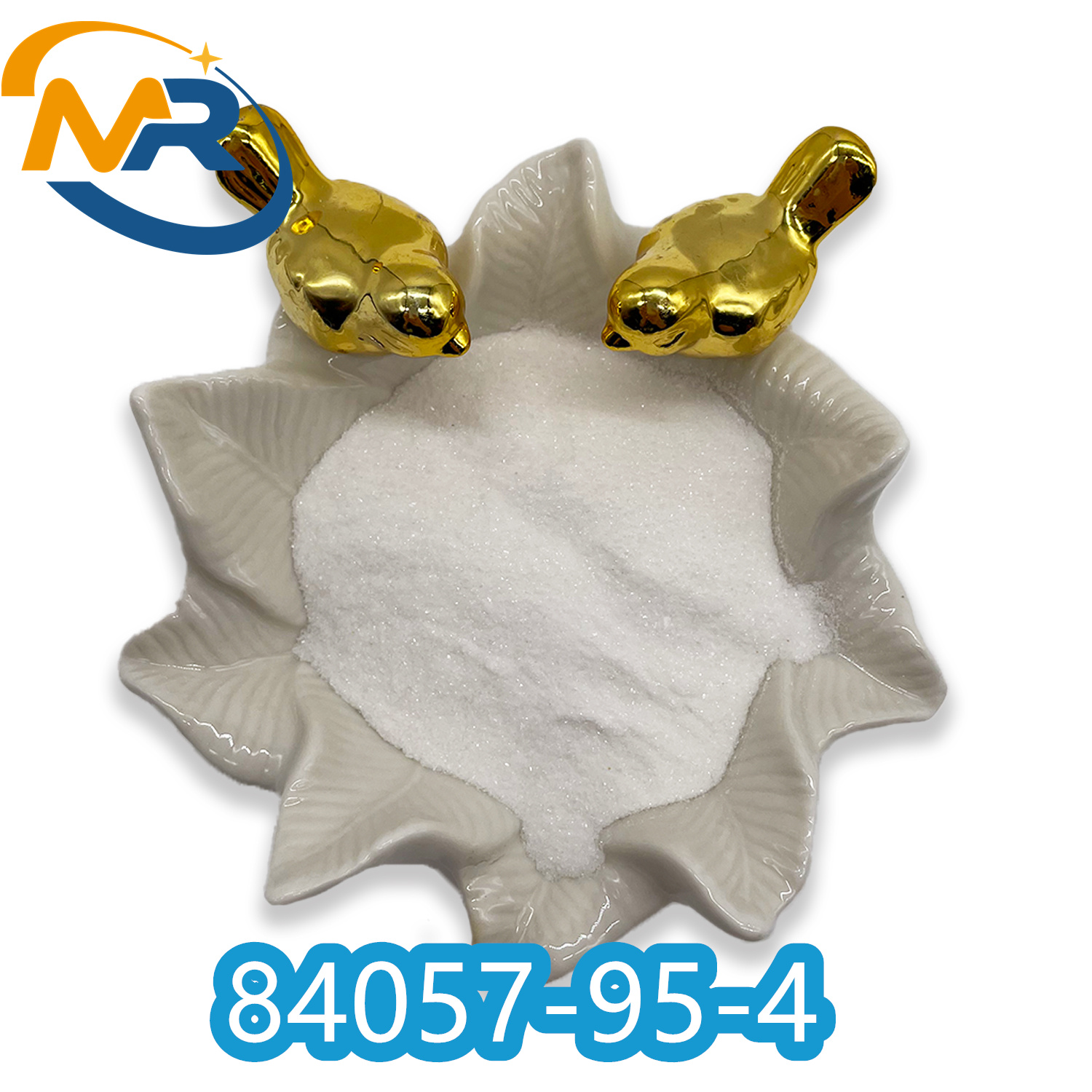
CAS 84057-95-4 Ropivacaine base
Ropivacaine is a local anaesthetic drug belonging to the amino amide group. The name ropivacaine refers to both the racemate and the marketed S-enantiomer.
Ropivacaine is an anesthetic (numbing medicine) that blocks the nerve impulses that send pain signals to your brain.
Ropivacaine is used as a local (in only one area) anesthesia for a spinal block, also called an epidural. The medication is used to provide anesthesia during a surgery or C-section, or to ease labor pains.
Ropivacaine may also be used for purposes not listed in this medication guide -
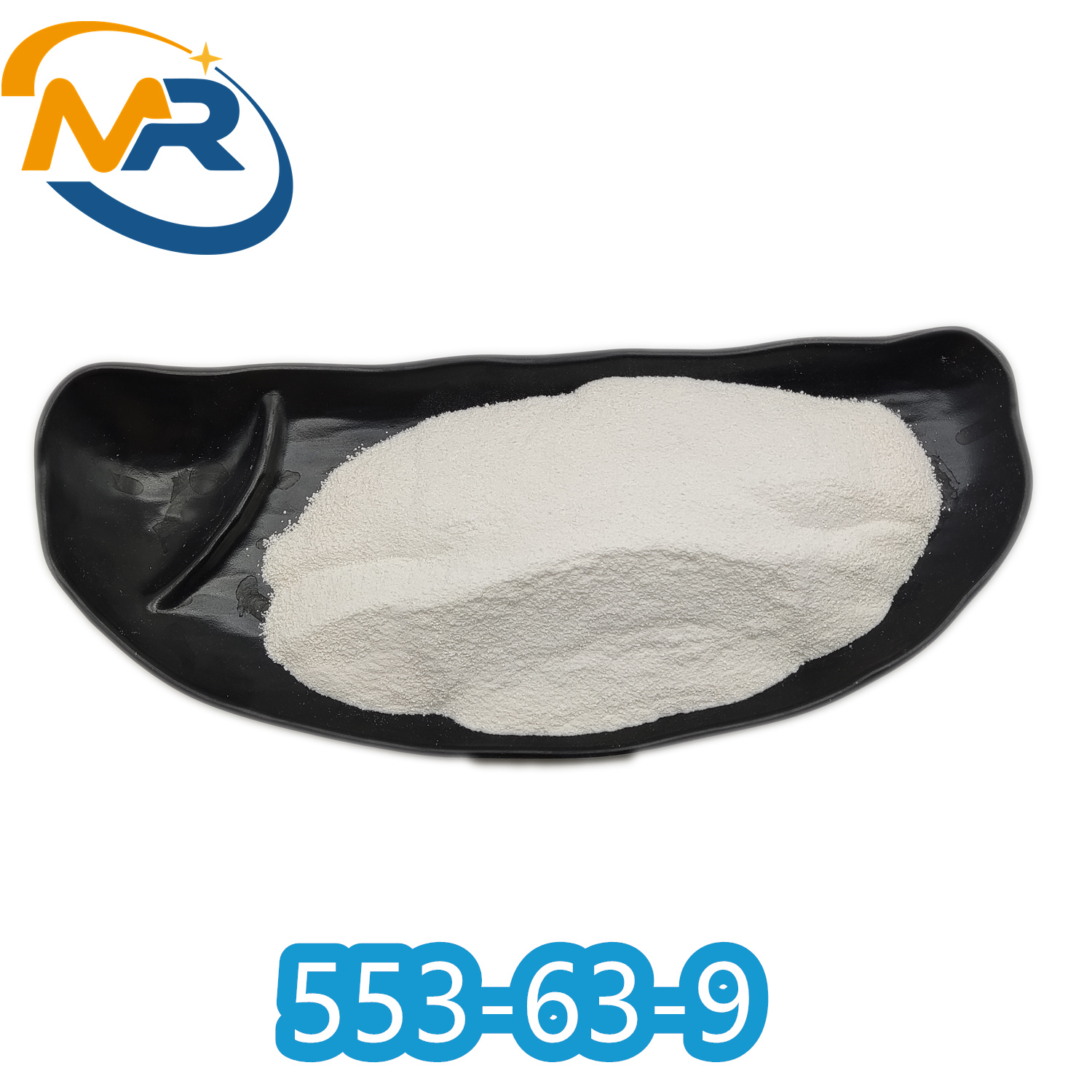
CAS 553-63-9 Dimethocaine hydrochloride
Dimethocaine hydrochloride is a local anesthetic, because of its similarity in action to , has potential for abuse. This compound completely inhibits dopamine uptake in rat striatal synaptosomes with an IC50 value of 1.2 μM comparable to that of (IC50 = 0.7 μM). As a result, dose-dependently substitutes for in drug discrimination tests in rats and rhesus monkeys. This product is intended for forensic and research purposes.[Cayman Chemical]












